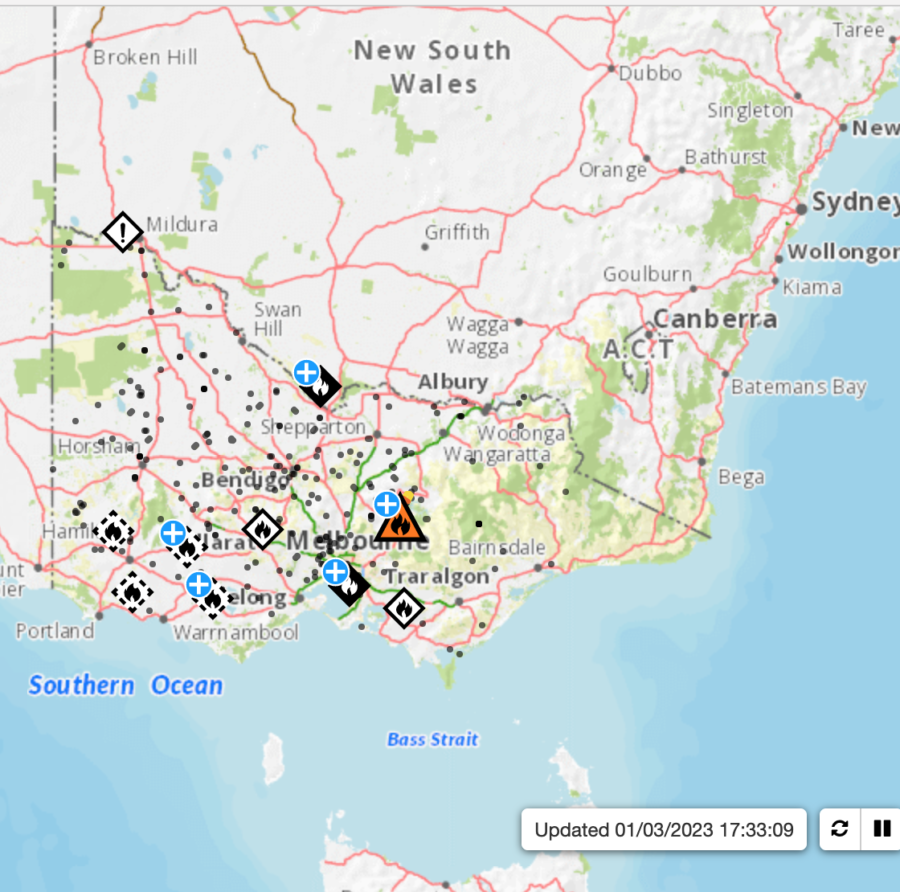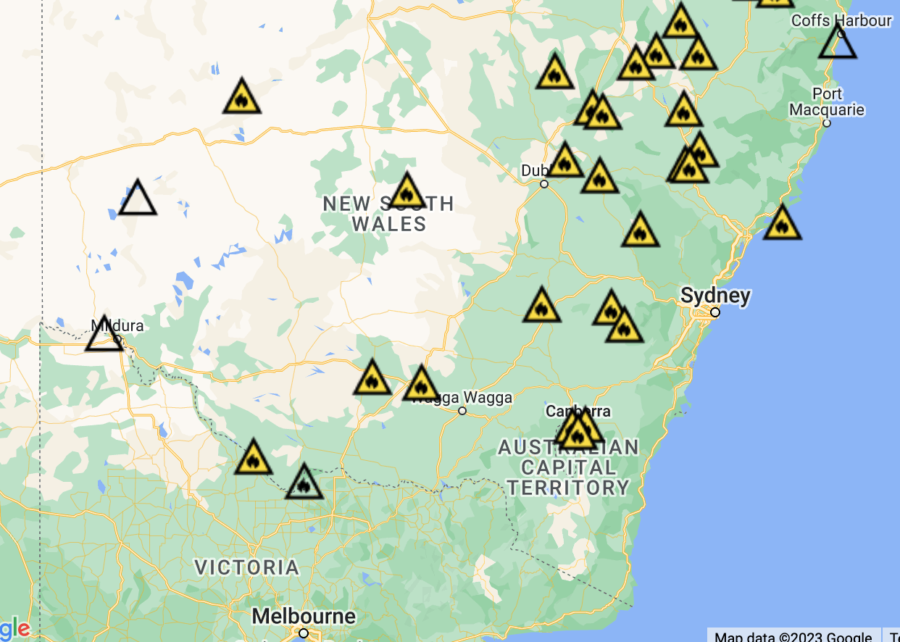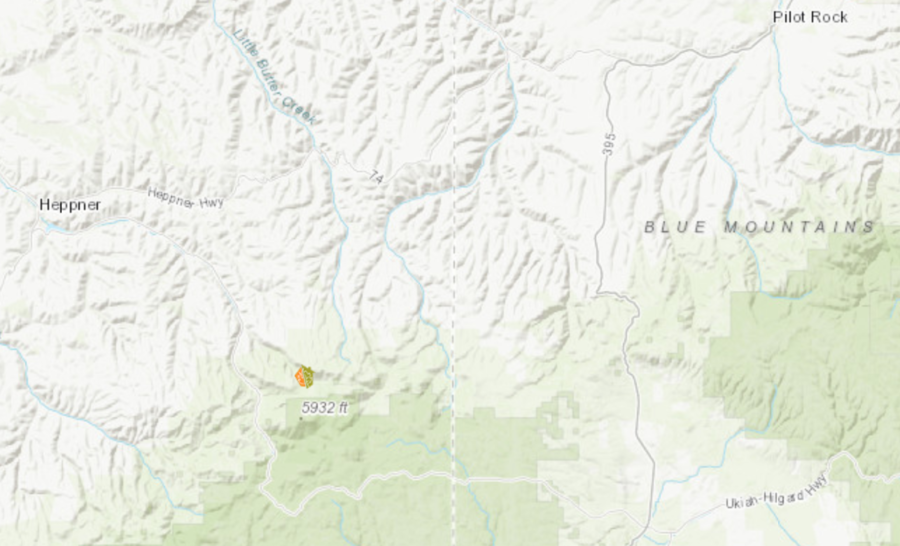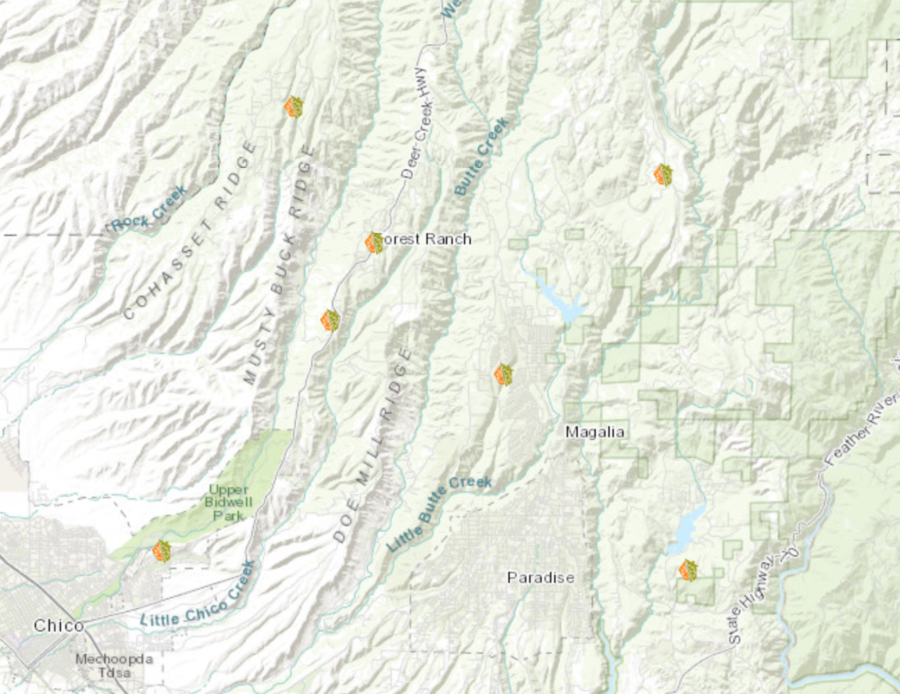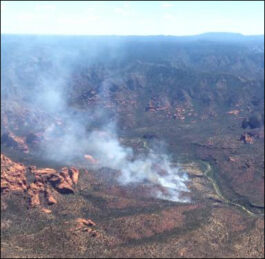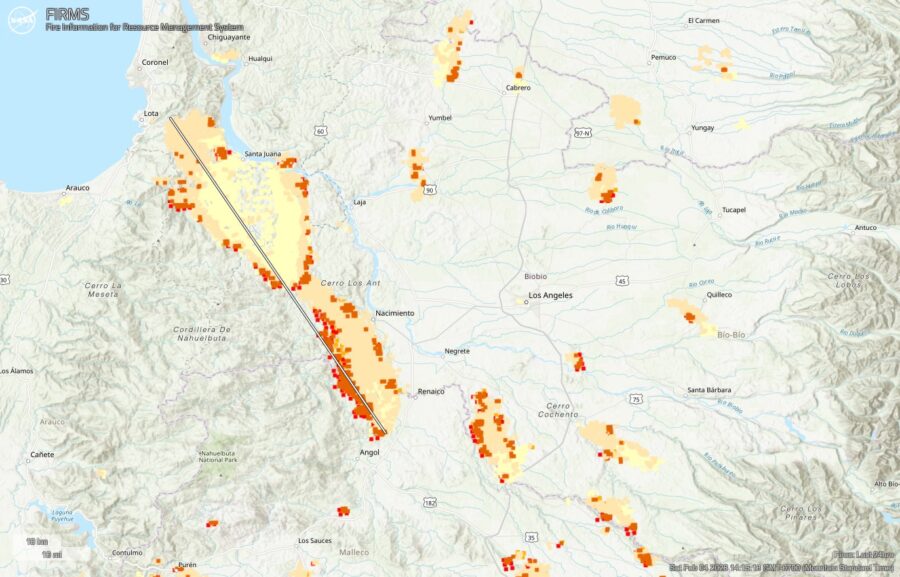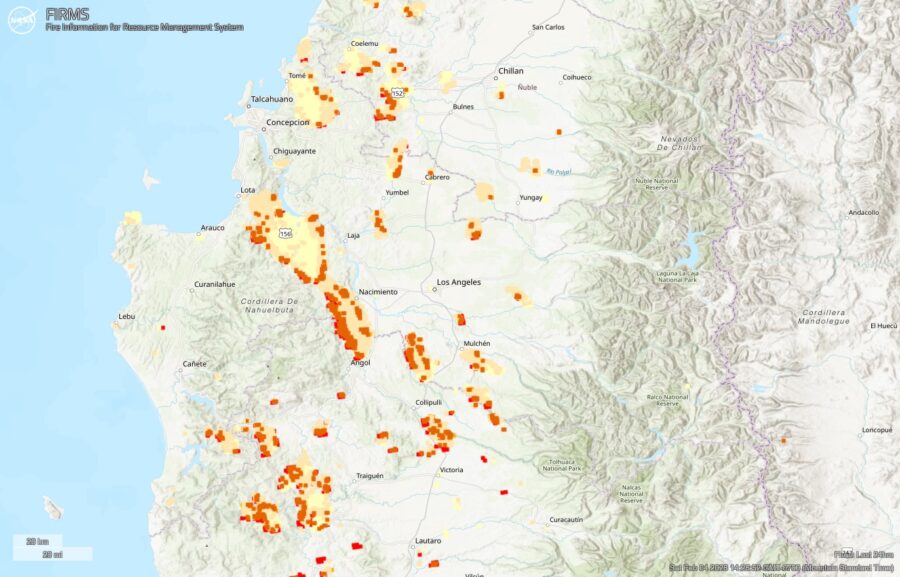State fire officials are airing concerns about firefighter fatigue as southwest Queensland heads into an “unprecedented” prolonged fire season this autumn, and South West Rural Fire Service superintendent Wayne Waltisbuhl told ABC News that he could not remember the last time a fire season continued into March.
“It’s usually finished by late January, early February,” he said. “It’s just very dry conditions.”
Waltisbuhl said the season could continue for the next six weeks, and the Bureau of Meteorology is predicting higher than median average temperatures for the March-to-May period. “We’ll have some really peak days with high fire danger weather and some lulls.”
In Western Australia, the Department of Fire and Emergency Services (DFES) is disputing claims it doesn’t have the resources to handle the fires burning across the state. The West Australian reported that it took 200 firefighters to control a fire at Neergabby, near the popular tourist destination of Moore River. DFES deputy commissioner operations Craig Waters said that Western Australia is still “well-protected and well-resourced” and can provide a rapid response to such incidents.
Shadow Emergency Services Minister Martin Aldridge said that five trucks had been “mothballed” at city stations while the fires burned, but Waters disputed that. He said the five engines were crewed and available on Saturday and Sunday.
Those fires started the day after the United Professional Firefighters Union (UPFU) warned that the State could face a catastrophe over the weekend, after trucks were stripped and crews benched on Friday because of firefighter exhaustion. “DFES had sufficient resources over the weekend,” explained Waters, “to manage the effects of the industrial action initiated by the UPFU during the high-threat period.”
He said that in the metropolitan area, DFES has 139 vehicles across the career and volunteer brigades, with an additional 130 across local government bushfire brigades. He said that based on risk, together with the need to manage fatigue and staff rostering, DFES had decommissioned five firefighting vehicles in the metro area — for Friday only.
Waters said the state thus far had experienced only a moderate fire season, but he warned people not to be complacent. “There is still a long way to go, and Western Australia is incredibly hot and dry in summer, and the smallest flame can spark a devastating bushfire. Bushfires are burning for longer, and more intensely than we’ve seen in previous decades. Our firefighters do a tremendous job during bushfire season but we need people to take responsibility.”

